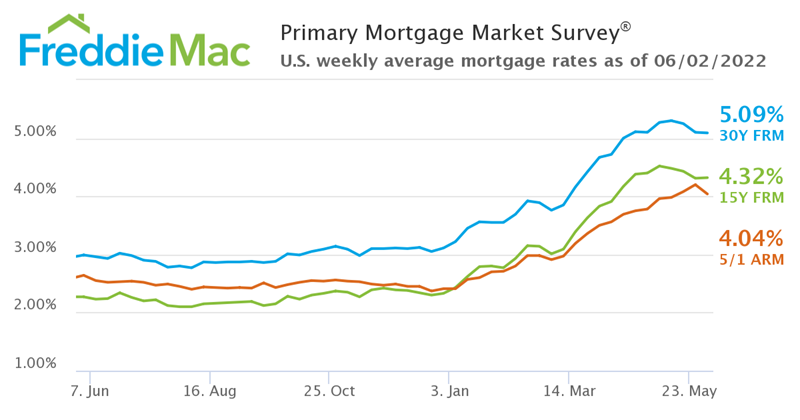What Is A Good Mortgage Interest Rate?

As a mortgage loan originator, it’s a question I get asked constantly. Well, the answer to that question depends on a number of different variables. Most people know that your credit score impacts the interest rate on your mortgage, but what are some of the lesser-known variables that impact the interest rate on your mortgage? First on our list, is occupancy. Next on the list, is the property type. Third on our list of impacting mortgage interest rates, is the down payment. Lastly, the closing cost structure you pay impacts the interest rate on your mortgage. If you have additional questions on how to get the best mortgage rate for your home, give us a call (720) 593-6682 or visit www.wilcockteam.com. We’re looking forward to being a resource for you!
In case you weren’t aware, homes treated as primary residences and second homes, tend to offer better interest rates compared to investment properties. The reason for this, has to do with the fact that owner occupied homes tend to maintain and hold their value better compared to rental properties. Think about it, homeowners tend to display pride of ownership, whereas tenants may not care as much about the condition or maintenance on the home. The occupancy stated on the loan application must match the intended use for the property. It is considered mortgage fraud to claim a home will be a primary residence when the borrower actually intends to rent out the home instead of living there.
Single family homes, condos, townhomes, and multi-family homes (2 to 4 units) all carry different interest rates. A little known fact, is that condos and townhomes are different. With a condo, the land is not owned by the homeowner. With a townhome, the land is owned by the homeowner. Condos carry higher interest rates than townhomes or single family homes. In general, townhomes and single family homes offer the best interest rates compared to condos and multi-family homes.
Most people are aware of the 20 percent down payment threshold on a home, but did you know that a 25% down payment can lower the interest rate on your mortgage? Another trend we are currently seeing in the market place, is down payments less than 20 percent will often yield slightly better interest rate pricing compared to a 20 percent down payment. The reason for this, has to do with the overall risk standpoint on the mortgage. Thanks to record low foreclosure rates across the United States, loans that carry private mortgage insurance or PMI are actually less risky to a loan servicer or investor. If an investor/servicer purchases a loan that carries mortgage insurance, their losses would be mitigated in the event of foreclosure compared to a 20 percent down loan that did not carry a mortgage insurance policy. With a 20 percent down loan, the loan servicer/investor carries all of the risk of the loan going into foreclosure, and would be fully responsible for the losses on a loan without mortgage insurance.
Consumers and borrowers that only look at the interest rate without paying attention to the associated closing cost structure may be getting taken advantage of. In general, a lower interest rate will carry a higher closing cost and fee structure. Conversely, a higher interest rate will carry a lower upfront closing cost and fee structure. When deciding which interest rate is the best option, it is imperative to calculate the breakeven point between your interest rate savings and closing cost structure. A lower interest rate with a higher fee structure costs more money upfront and doesn’t actually start to yield a positive return until enough time has elapsed to recapture the upfront fee structure through the interest savings. On the flip side of the coin, a higher interest rate actually saves borrowers money upfront and during the early years of the mortgage, but can end up costing more money over time. Selecting an interest rate and closing cost structure without calculating the breakeven points between different interest rates can actually cost you more money over time. It is important to ensure you are working with a licensed loan officer that understands how to calculate the breakeven points between different interest rates and fee structures, and it is equally important to consider how long you will keep the mortgage (not the house) without refinance or selling. Many people might keep a house for 10+ years before they sell, but if they refinance three or four times over that 10 year period, they would have had four different mortgages during the time they owned the home. Chances are, if that borrower continued to pay points and high fees with every refinance, they likely would have spent more money in fees and points than they would have recouped in interest rate savings. ALWAYS compare the closing cost structure and breakeven point before selecting a mortgage interest rate.

